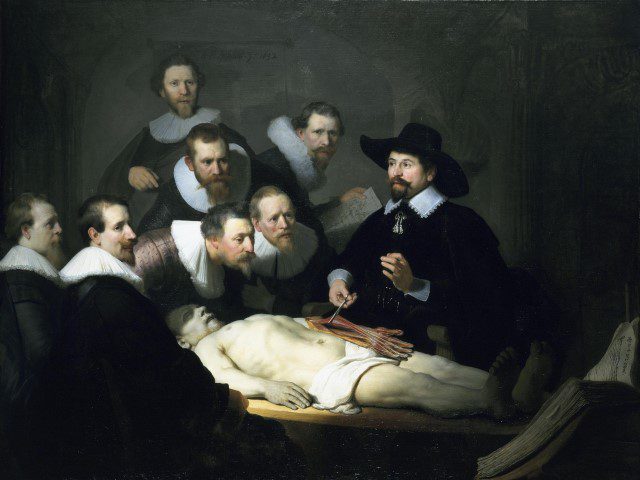One of the problems with intravenous drug addition is that addicts can overdose and die. A number of North American cities are trying to combat this by opening supervised drug injection sites, meant to be safe places to shoot up, staffed with one or more healthcare workers and social workers.
From the Globe and Mail:
Montreal gets federal approval for two supervised injection sites
"Supervised injection sites provide a safe space for addicts and provide them with the necessary equipment — sterile syringes, gauze pads and the like — for safe injections.
"The users themselves bring their drugs, the sites pride themselves on being anonymous and confidential, and the users are accompanied on site by nurses and community and psycho-social workers.
...
"The Montreal sites are modelled after Vancouver-based Insite, which was the first city in North America to have a legal, supervised injection site beginning in 2003.
"While critics say the sites encourage drug use, experience has shown they reduce the number of overdose deaths and transmission of hepatitis C and HIV."
***********
Here's a 2010 article from the Canadian Medical Association Journal:
Vancouver’s supervised injection facility challenges Canada’s drug laws
Kathleen Dooling, MD MPH and Michael Rachlis, MD LLD
Here's a 2008 article in the British Columbia Medical Journal by a former Vancouver Chief of Police (he would prefer strict enforcement rather than harm reduction):
Supervised injection sites—a view from law enforcement
Issue: BCMJ, Vol. 50, No. 3, April 2008, page(s) 132-134
Jamie Graham
Here's a 1995 Editorial in the American Journal of Public Health
Editorial: Harm Reduction-A Framework for Incorporating Science into Drug Policy by Don C. Des Jarlais
And of course, all this is made topical by the opioid epidemic:
Why opioid deaths are this generation’s Aids crisis
"The soaring numbers of deaths from overdoses in the US and UK requires a radical and fast rethink of drugs policy"
From the Globe and Mail:
Montreal gets federal approval for two supervised injection sites
"Supervised injection sites provide a safe space for addicts and provide them with the necessary equipment — sterile syringes, gauze pads and the like — for safe injections.
"The users themselves bring their drugs, the sites pride themselves on being anonymous and confidential, and the users are accompanied on site by nurses and community and psycho-social workers.
...
"The Montreal sites are modelled after Vancouver-based Insite, which was the first city in North America to have a legal, supervised injection site beginning in 2003.
"While critics say the sites encourage drug use, experience has shown they reduce the number of overdose deaths and transmission of hepatitis C and HIV."
***********
Here's a 2010 article from the Canadian Medical Association Journal:
Vancouver’s supervised injection facility challenges Canada’s drug laws
Kathleen Dooling, MD MPH and Michael Rachlis, MD LLD
Here's a 2008 article in the British Columbia Medical Journal by a former Vancouver Chief of Police (he would prefer strict enforcement rather than harm reduction):
Supervised injection sites—a view from law enforcement
Issue: BCMJ, Vol. 50, No. 3, April 2008, page(s) 132-134
Jamie Graham
Here's a 1995 Editorial in the American Journal of Public Health
Editorial: Harm Reduction-A Framework for Incorporating Science into Drug Policy by Don C. Des Jarlais
And of course, all this is made topical by the opioid epidemic:
Why opioid deaths are this generation’s Aids crisis
"The soaring numbers of deaths from overdoses in the US and UK requires a radical and fast rethink of drugs policy"












